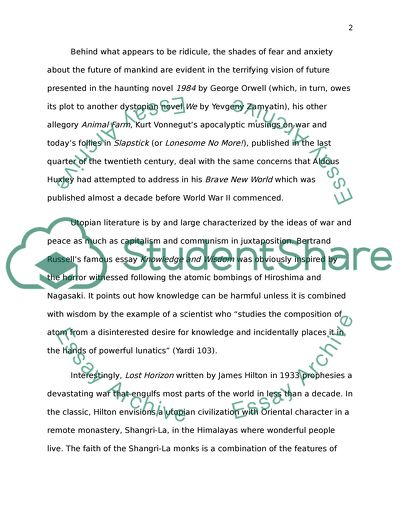Cite this document
(“Utopian literature through the time of World War II Essay”, n.d.)
Retrieved from https://studentshare.org/english/1428505-research-paper-for-the-utopian-literature-through
Retrieved from https://studentshare.org/english/1428505-research-paper-for-the-utopian-literature-through
(Utopian Literature through the Time of World War II Essay)
https://studentshare.org/english/1428505-research-paper-for-the-utopian-literature-through.
https://studentshare.org/english/1428505-research-paper-for-the-utopian-literature-through.
“Utopian Literature through the Time of World War II Essay”, n.d. https://studentshare.org/english/1428505-research-paper-for-the-utopian-literature-through.


